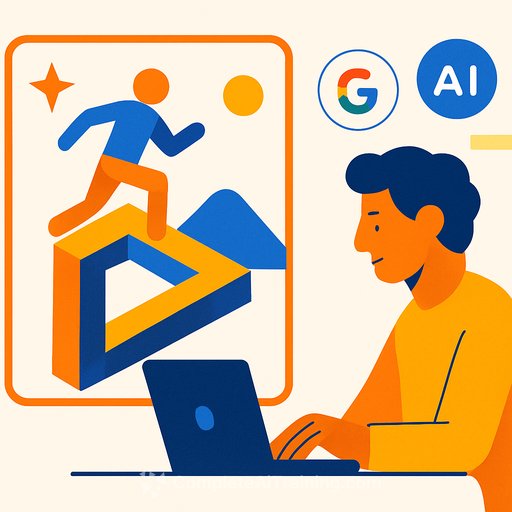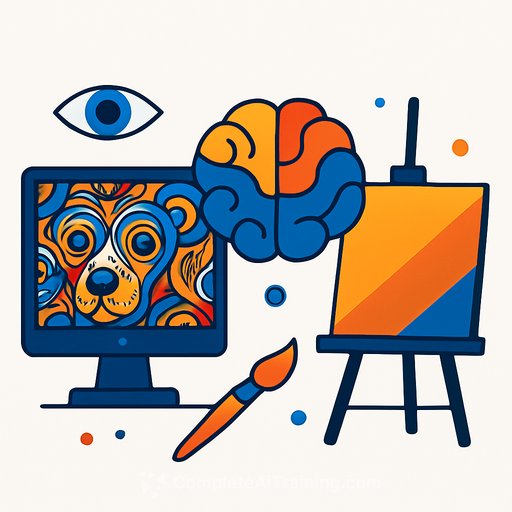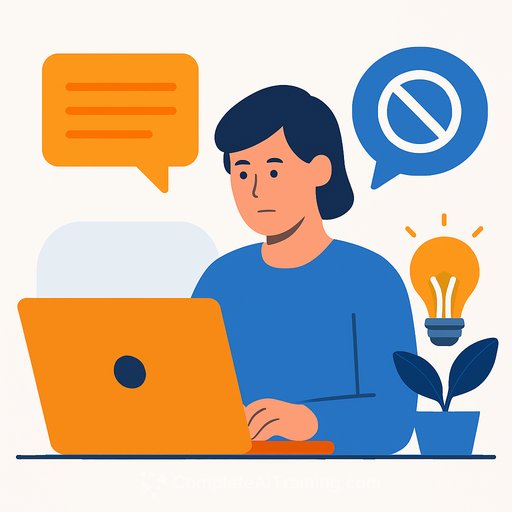How R/GA Used AI to Make an 'Impossible' Ad
Earlier this year, Google challenged R/GA to create a commercial using its generative video model, Veo, within just four weeks. The goal was to produce something that would have been impossible without AI. The result was “From the Mountains to the City”, an experimental spot featuring luxury fashion brand Moncler.
Nicholas Pringle, chief creative officer at R/GA EMEA, described the experience as “slightly terrifying.” Despite the tight deadline and the new technology’s limitations, the project sparked conversations at Cannes Lions and showed how quickly AI tools have advanced.
Embracing Randomness in Filmmaking
Traditional filmmaking follows a strict, linear path: scriptwriting, storyboarding, shooting, editing, and post-production. Going backwards in the process is usually too costly. With AI, that rigidity disappeared.
Using Veo meant the team had to stay flexible. The AI didn’t always deliver exactly what they imagined. For instance, it failed to generate a scene of a man zipping up a tent. But it also delivered unexpected, creative elements—like the ice sculptures featured in the final ad.
Pringle explained that AI introduces an element of randomness, which can actually contribute to creativity. This “real-time direction” lets creatives explore ideas beyond the storyboard. However, working with a luxury brand like Moncler meant balancing this unpredictability with high standards.
Client approvals also changed. Instead of a final “ta-da” moment, the team had to communicate their vision through evolving, living scenes. Clear vision became essential to guide the process.
Building New Workflows and Facing Limits
Adopting AI pushed R/GA to create a new collaborative workflow. They developed an app called Shot Flow, powered by Google’s AI assistant Gemini. This platform allowed team members across different offices to break down scenes, share prompts, and keep results consistent.
Despite progress, some AI challenges remain. Character consistency was a major issue—faces and appearances shifted subtly from scene to scene. Visual glitches like the distorted tent zipper also persisted. These are hurdles yet to be fully resolved by tech developers.
Legal concerns add another layer of complexity. The commercial use of AI still operates in a gray area regarding copyright, so brands and agencies must tread carefully to avoid risks.
Humans and Machines Working Together
While Veo sped up the creative process, human input remained vital. The ad’s music was composed by Tom Gallo, and every script, prompt, and direction came from human creatives. Their taste, experience, and storytelling shaped the final piece.
Pringle summed it up: AI is a tool that requires human ingenuity and skillful prompting to create meaningful work. It can’t replace the creative mind but can expand the possibilities when used thoughtfully.
Advice for Creatives Exploring AI
For those hesitant about AI, the best step is to start experimenting. Play around with the tools and create something—no matter how simple. This hands-on approach is the quickest way to understand AI’s potential and limitations.
Learning to integrate AI into your creative process may open doors you didn’t expect, but it always needs a human touch to turn technology into art.
Your membership also unlocks:





